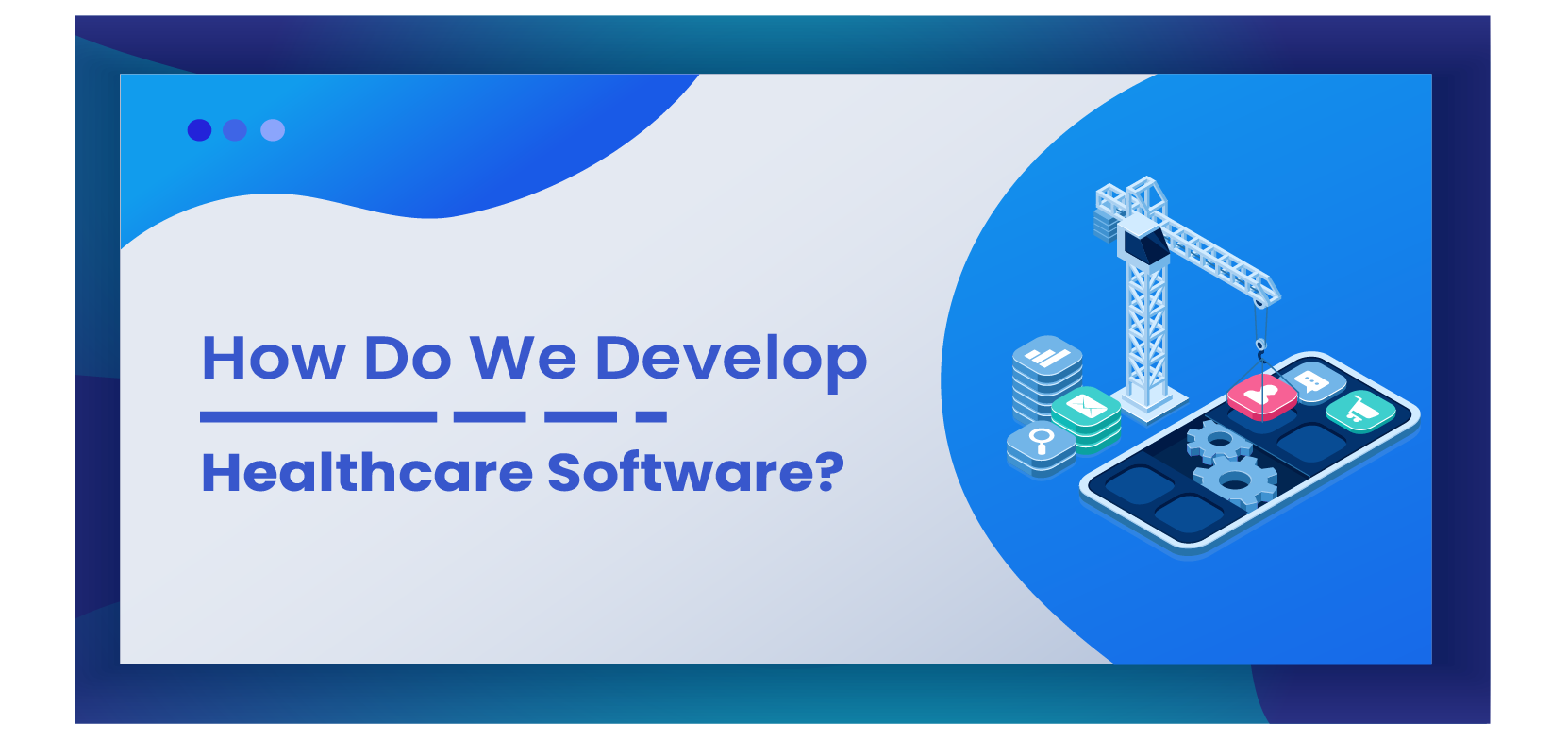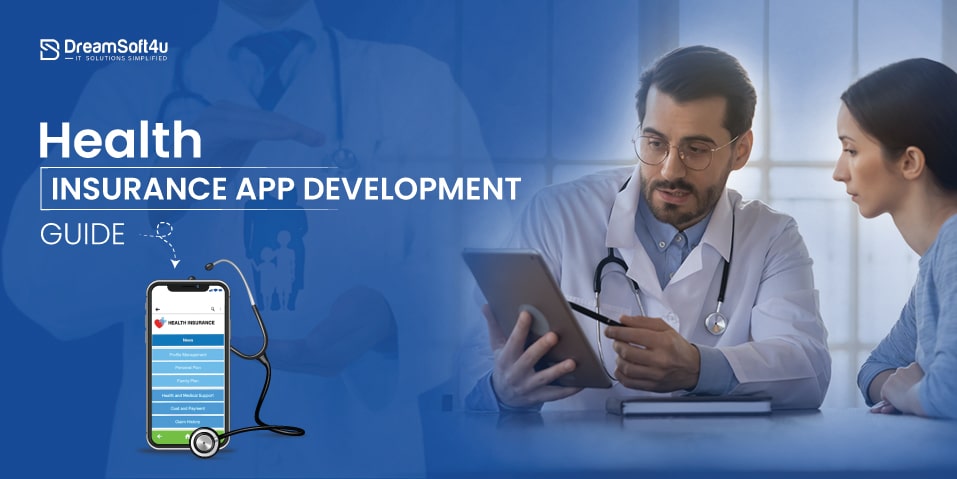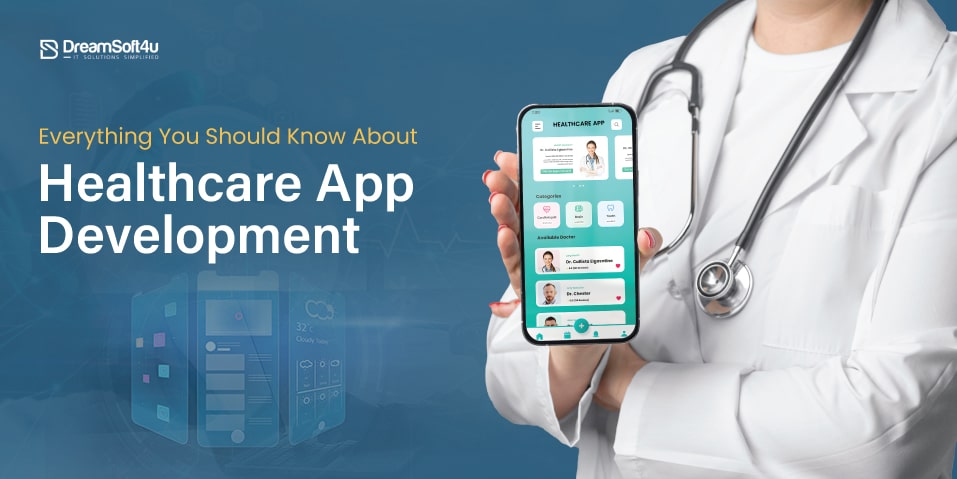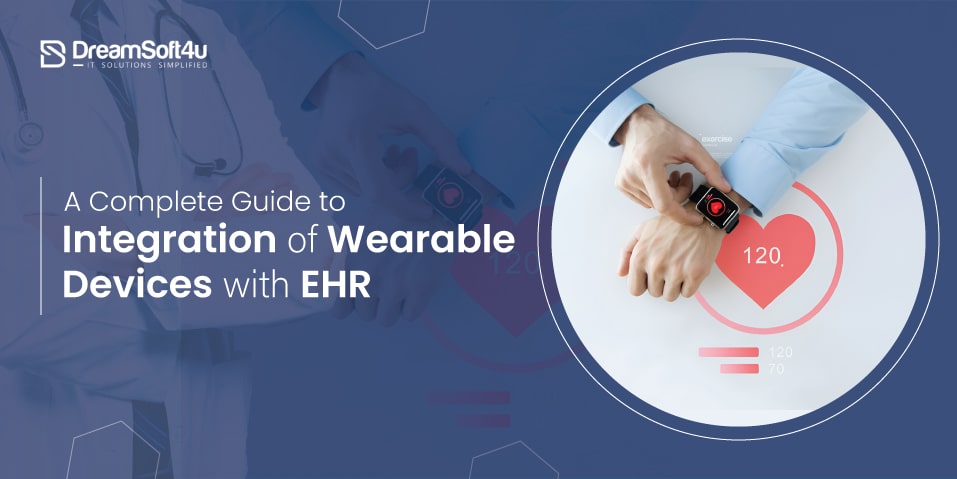Healthcare industries have always remained on the top-notch segment of the global market. The valuation of the healthcare business was marked as $7.724 trillion. It is a sector that occupies all the services like clinical service, health support, manufacturing of drugs & medication, and whatnot. Medical Software development in the previous years has come out to be the most effective business strategy for healthcare entrepreneurs.
Dependency on medical apps, the emergence of telemedicine, remote patient monitoring, etc., has paved the way for healthcare software development. For companies looking for their business expansion and want to deliver the best healthcare software solutions, here are a few tips stated below.
Table of Contents
ToggleWhat Is The Scope Of Medical Software Development?
Information Technology has mushroomed every sector with its scalability. Therefore, the healthcare industry has also taken advantage and revolutionized itself to a considerable extent. The utilization of Electronic Health Records (EHR), Medical History, etc., has extended the healthcare parameters.
According to some experts’ reports, the global expansion of the healthcare market is expected to grow USD 40.781 Billion by 2025. The annual growth rate will stand at 23.55% (CAGR) in its forecasting period.
So, this was the future scope in the healthcare industry. Now, we will see the development process. What are the essentials that should be kept in mind while developing medical software services?
What Are The Popular Types of Healthcare Software?
Digitalization has made the medical system entirely. Now sending medical images and transferring data through electronic devices has become a core functionality of the solution. Therefore, let us take a glance over some of the popular healthcare software built so far.
1. Practice Management System:-
The solution acts as CRM (customer relationship management) utilized in medical practices. It helps in bringing together all the clinical & administrative processes. Simultaneously, it aids in handling the entire work flawlessly.
2.Electronic Medical Record:-
Electronic Medical Record is popularly abbreviated as EMR. It is the digital alternative to the archive of paper documents. The software simplifies the work of physicians. A doctor can quickly check and analyze patient records and whatnot.
3. Patient Portals:-
The most popular ones in the healthcare sector are the patient portal & mobile apps. People believed in getting home healthcare due to work schedules, health issues, or commuting problems. Patient portals give them accurate health records, the best physician’s appointment, offers fewer readmissions, and many other facilities.
These were a few popular tools that are in trend in the healthcare sector. People interested in developing one for their businesses may get a look over the development process given below.
What are the Simple Steps for Healthcare Software Development?
Whenever we think of building a medical application, hospital management system, or other digital solution, one must consider some aspects. Firstly, the company must decide to progress with custom medical software development or a ready-made one.
Many organizations put their faith in developing different healthcare solutions as per their business needs. So, here is a checklist of what you should consider before asking for any healthcare software development for those companies.
1. Target Audience:-
It is essential to know who your business audience is. Your business will be targeting the medical practitioner, decision-makers, or healthcare providers, or it may be targeting the patients. A surface study will not work here.
You have to give a deep insight into your target audience to work on the business strategy flawlessly. Simultaneously, it gives precise knowledge about customer behaviour and business policies.
2. Functionality:-
Again an important topic to consider before any development. Functionality-what kind of features or attributes will your healthcare software cover. Either it will give services to the medical practitioners, or it will be available for regular users like patients.
Is it helpful in treating chronic conditions, or will it be discussed in both acute & chronic states? Features related to health reports, scheduling of appointments, daily patient records, etc., are some of the popular features one can add to their healthcare solution.
3. Design User-Friendly UI/UX:-
Designing plays a crucial part in medical software development. It seems unwanted when any software lacks intuitive design. It stands as the central aspect of the software. For making appealing designs, and easy-to-handle solutions, developers and designers work parallelly to provide a high-class UI and the best user experience. It is also a part of the consideration that design, fonts, colour, text alignment are beautifully organized on a solution.
4. Data Protection Facilities:-
Collecting and storing data through digital health techniques gives a high risk of an information breach. Thus, ensuring security should be a priority. Any healthcare development must ensure the prior safety of data and information.
For instance, the US government follows HIPAA compliance in all its healthcare development. It makes sure all the data and patient information remains in safe hands.
5. Successful Integration:-
Ask software engineers to provide compatibility & integration facilities with all devices. Either it is a third-party app or a company’s app, it should integrate with all devices and applications. There should be no problem with compatibility with any device.
Integration also allows any user to transfer or share any file at any point in time. Simultaneously, the integration must not obtain downtime, delays, or anything that can cause a bad user experience.
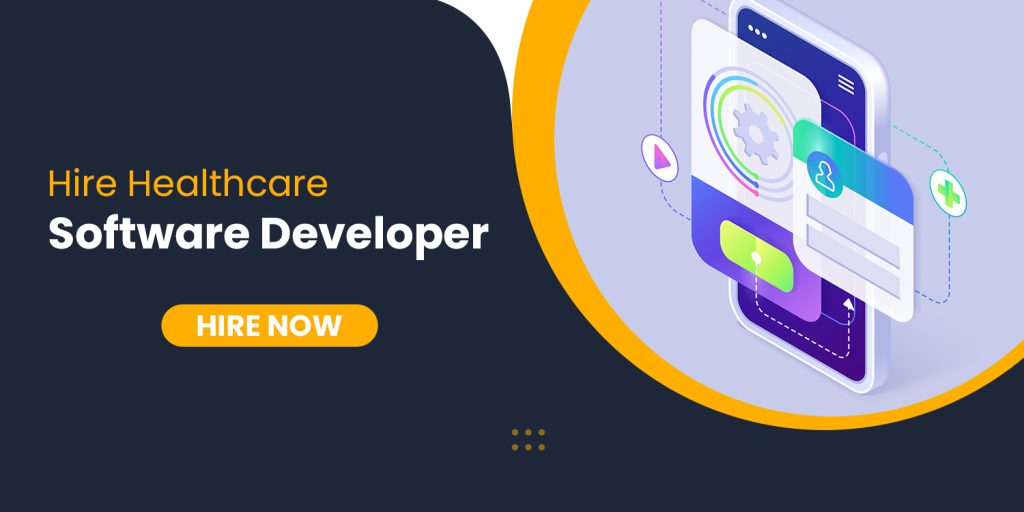
6. Testing:-
Testing is the second half of the development process. Once an app structure has been created, it is sent to the testing team for any bugs & errors. The team then picks out the errors or bugs and immediately informs the developer unit.
After resolving the errors, bugs, or any other offence in the development, the team then put the app or software to go live on the respective platform.
Final Words:
So, this was all about Healthcare Software Development. Anyone planning to expand or reach the targeted audience quickly may seek help from the article on medical software development.

